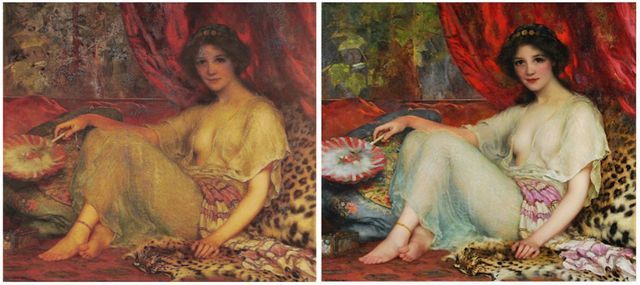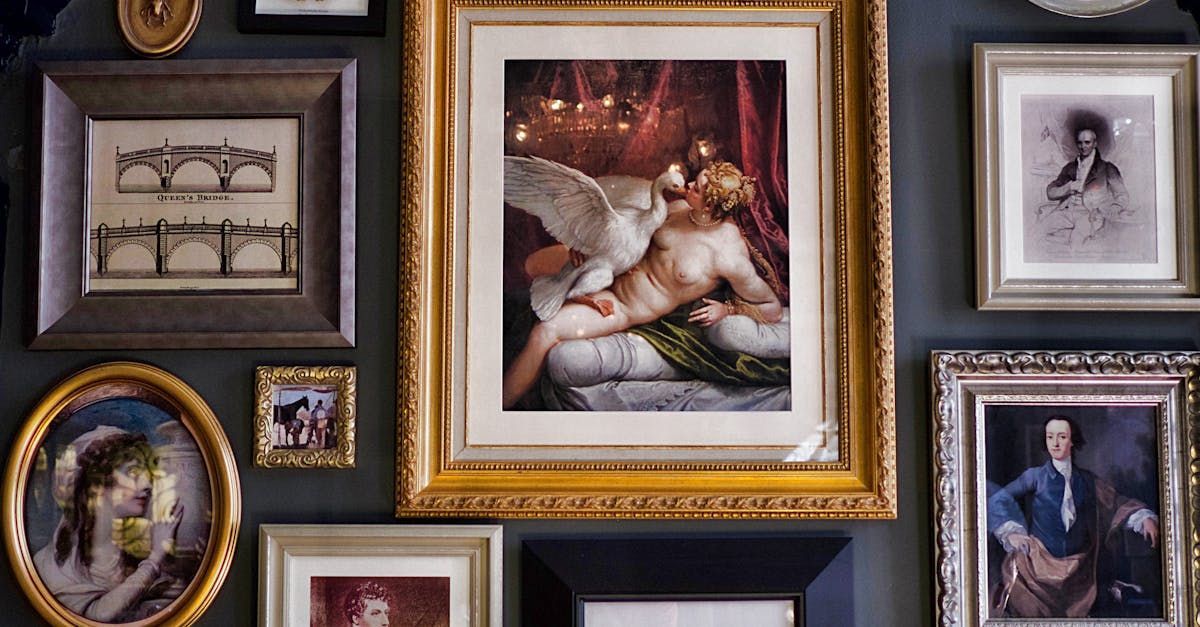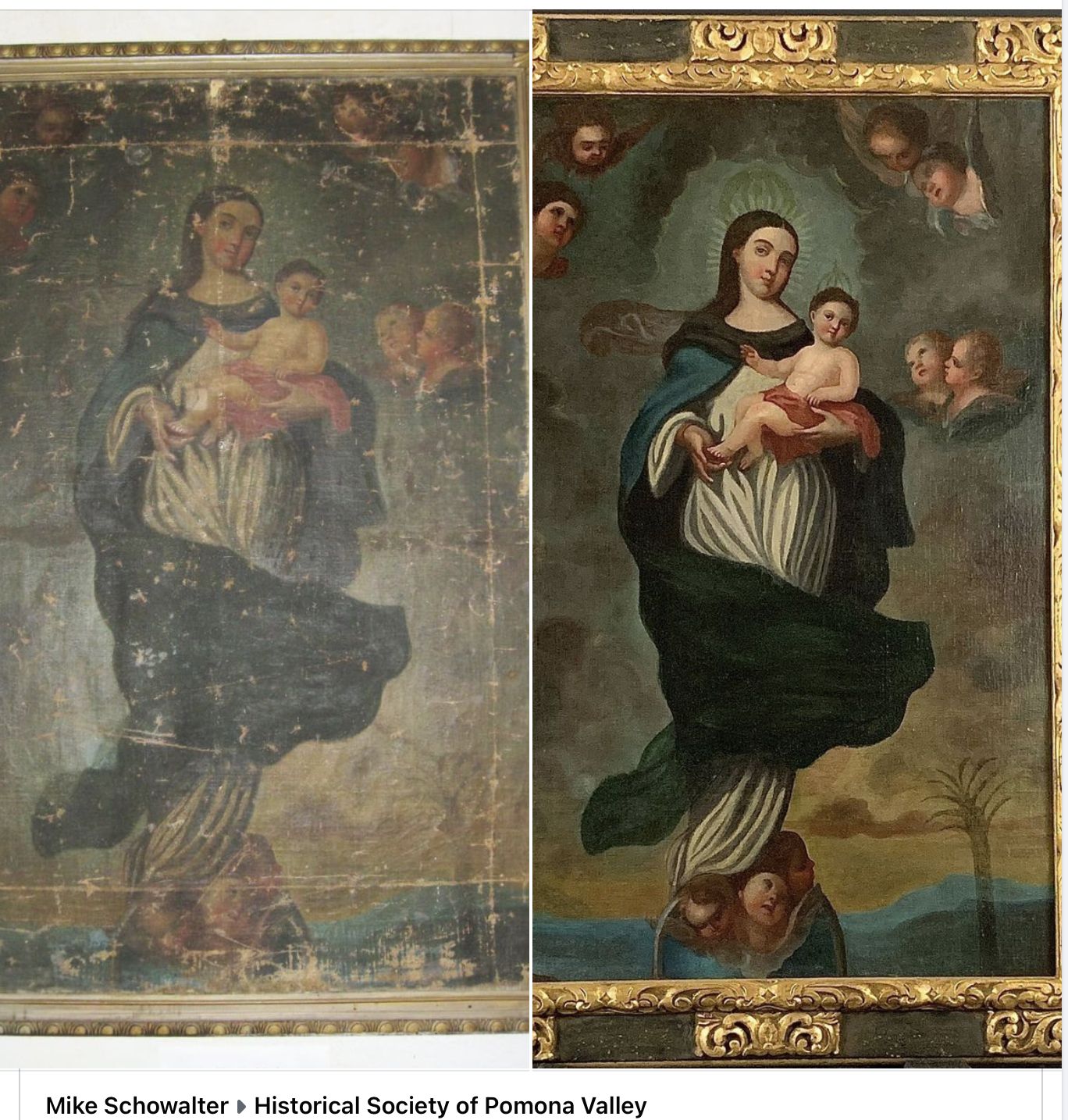Oil Painting Flaking? Las Vegas Restoration & Preservation Guide
Did you know?
One of the biggest threats to oil paintings—flaking paint—often starts with something as simple as a change in room temperature or humidity.
Even in desert climates like Las Vegas, subtle shifts in air moisture or improper framing can cause irreversible damage if not caught early.

If you’ve noticed your oil or acrylic painting flaking off,
don’t panic—your art can likely be restored. Whether you own a historic portrait, a family heirloom, or a modern acrylic piece, this guide will help you understand
why paint flaking happens, how to prevent it, and what professional art restoration can do to bring your painting back to life.
What Causes Flaking on Oil or Acrylic Paintings?
Flaking and cracking are often signs of underlying instability. The paint begins to separate from the canvas, panel, or other substrate, usually due to one or more of these issues:
1. Poor Adhesion
Paint adhesion problems often occur when the surface wasn’t prepared correctly before painting. Without the proper primer or surface treatment, paint layers are more likely to peel or separate. Over time, this may lead to peeling and loss.
2. Moisture and Humidity
Even in a desert climate like Las Vegas, moisture can find its way into artwork through improper storage or plumbing leaks. Excessive humidity can cause the canvas to absorb water, weakening the layers of oil or acrylic paint and leading to flaking.
3. Temperature Fluctuations
Drastic changes in temperature, like changes in the season or moving artwork between air-conditioned spaces and outdoor heat, can cause materials to expand and contract. This movement stresses the paint layers, and over time, this may lead to cracking and flaking —especially if the artwork isn’t framed or stored properly.
4. Mishandling or Vibration
Improper packing, dropping a painting, or even loud vibrations (like from speakers) can weaken paint adhesion and cause physical damage. Even small mechanical stresses, like bumping the edge of a frame, can cause paint layers to chip away.
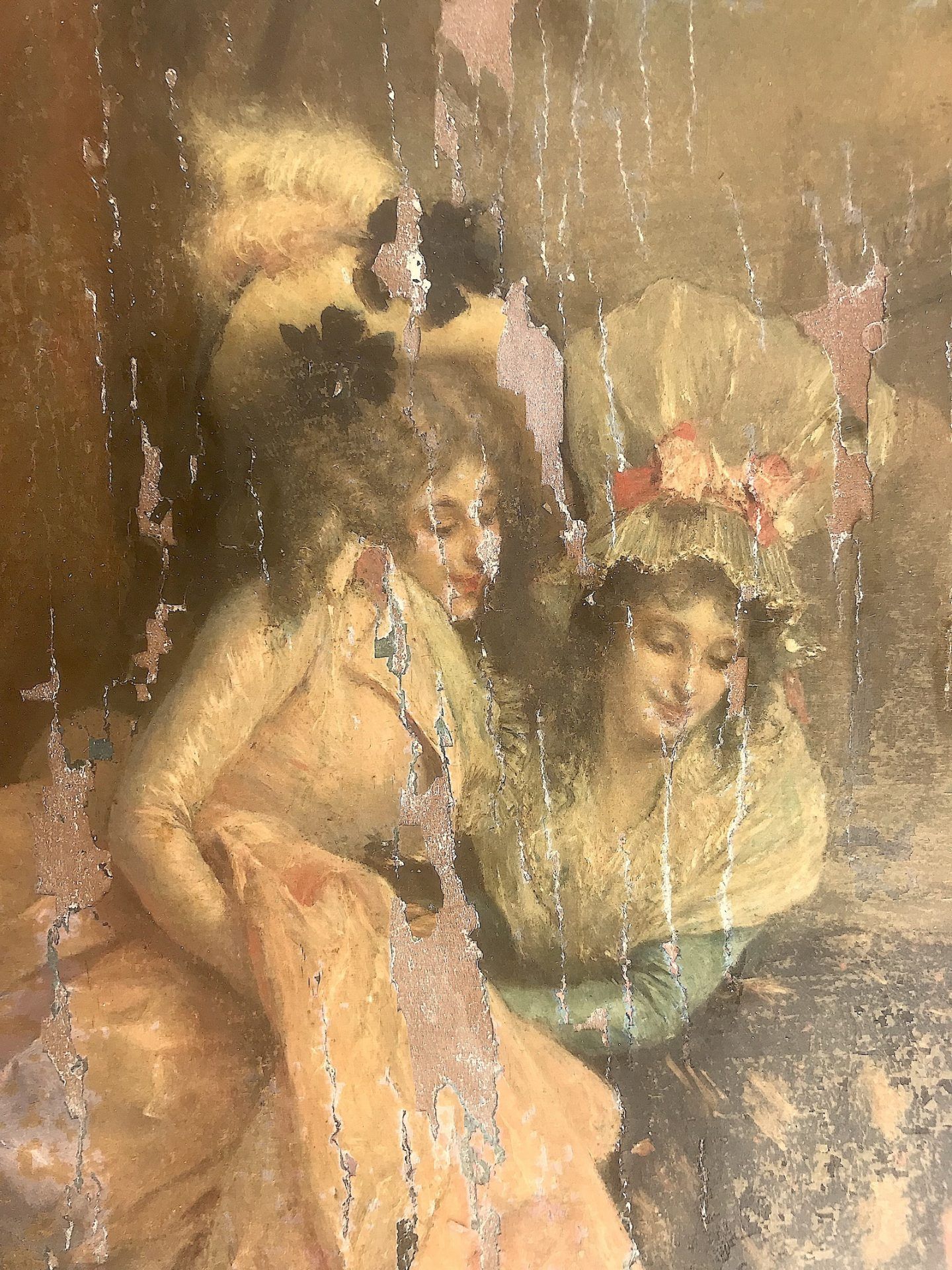
How to Prevent Flaking on Oil or Acrylic Paintings
1. Store Paintings in a Controlled Environment
Las Vegas’ hot, dry climate can be tough on artwork. To prevent flaking, store paintings in a climate-controlled room where temperature and humidity levels remain stable. Avoid storing paintings in attics, garages, or near vents. Aim for 60–70°F and 45–55% relative humidity.
2. Handle Paintings with Care
Always use gloves or clean, dry hands when handling paintings. Avoid touching the painted surface directly, as oils from your skin can break down the paint over time. During transportation, use protective coverings to prevent scratches or other damage.
3. Inspect Your Paintings Seasonally
Make it a habit to inspect your paintings for early signs of flaking or cracking. Identifying damage early allows you to address the problem before it worsens.
4. Professional Preventive Measures
Consider adding a protective varnish or framing to your paintings. UV-blocking glass, acid-free backings, and sealed frames can dramatically reduce the impact of environmental changes. FACL offers custom, conservation-grade framing to protect your valuable art.
What To Do If Your Oil Painting Is Flaking
- STOP handling the painting immediately.
- DOCUMENT the damage with photos, especially if filing an insurance claim.
- CALL FACL LAS VEGAS — our experts will assess your painting and create a tailored restoration plan.

How Art Restoration Works at FACL Las Vegas
At Fine Art Conservation Laboratories (FACL), we specialize in museum-quality art restoration that preserves both value and beauty.
Here’s what we do:
- Assessment: We examine the artwork to determine causes and severity of flaking.
- Stabilization: Using archival adhesives and techniques, we secure loose or lifting paint without damaging original layers.
- Cleaning: Years of dirt, soot, and/or nicotine residue are removed carefully.
- Inpainting: Missing or flaked-off areas are filled in and retouched by expert conservators, matching the original style and color with archival pigments.
- Protective Finishing: A protective varnish is applied to protect against future damage.
Client Story: From Frustration to Auction-Ready
A Las Vegas collector came to us with a framed oil painting that had started flaking near the signature. She was heartbroken, fearing the damage would reduce its value at auction.
After evaluating the artwork, we confirmed that the flaking was caused by improper framing and environmental stress. Not only did we restore the painting to its original vibrancy, but we also custom-built archival frame designed for long-term preservation.
Weeks later, she called us with good news—the painting sold for 30% above the estimated price, thanks to its restored condition and museum-quality presentation.
That’s the power of professional art restoration and framing done right.
Why Trust FACL in Las Vegas?
✅
Over 45 Years of Experience
✅
Trusted by Museums, Collectors, & Families
✅
Personal Pick-Up & Delivery in the Las Vegas Area
✅
Expertise in Oil, Acrylic, Mural, and Heirloom Paintings
✅
Framing, Disaster Recovery, Insurance Documentation & More
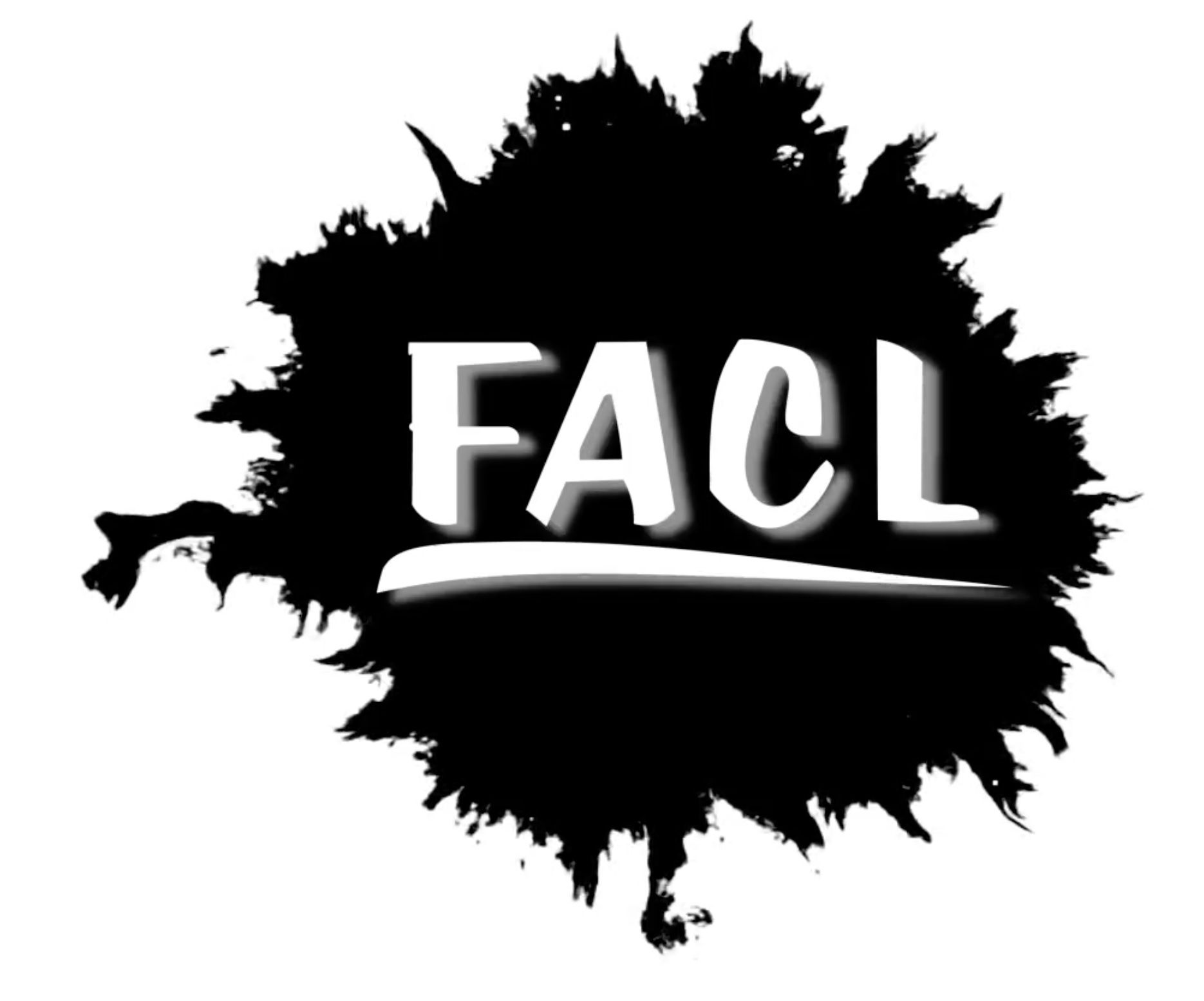
Let’s Bring Your Art Back to Life
Whether it’s flaking paint, smoke damage, or a frame that’s falling apart, our expert team is here to help.
📞
Call Today:
805-564-3438
📍 Serving Las Vegas, Summerlin, Henderson, and surrounding areas
💬 Consultations available
